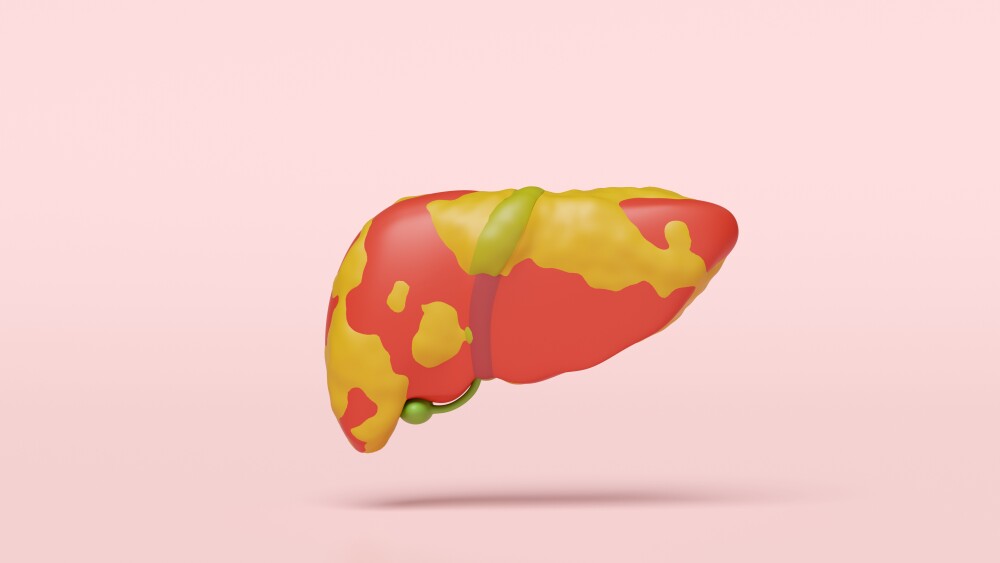Doudna, the subject of a new book by Walter Isaacson titled “The Code Breaker: Jennifer Doudna, Gene Editing, and the Future of the Human Race,” has kept busy.
Nicola Gell/Getty Images for SXSW
Jennifer Doudna, along with collaborator Emmanuelle Charpentier, won the Nobel Prize in Chemistry last year for developing gene-editing technique CRISPR. Doudna, the subject of a new book by Walter Isaacson titled “The Code Breaker: Jennifer Doudna, Gene Editing, and the Future of the Human Race,” has kept busy.
A professor of Biochemistry, Biophysics and Structural Biology at UC Berkeley, Doudna has co-founded Mammoth Biosciences, Caribou and Scribe Therapeutics, while conducting her own research and directing several other programs.
CRISPR-Cas9 is an easy and inexpensive way to quickly edit genetic sequences. It is generally viewed as revolutionary, and also fraught with controversy.
In November 2018, Chinese researcher He Jiankui announced he utilized CRISPR-Cas9 to alter the DNA of embryos for seven couples, resulting in at least one set of twins being born. This was met by international outrage and the Chinese government sentenced He Jiankui to three years in prison and received a $430,000 fine. The CRISPR editing was performed during in vitro fertilization (IVF).
Although there were a number of concerns over the research, it was designed to prevent infection by HIV. The procedures were only partially successful—the twins are mosaics, with some cells affected and others not. Jiangui edited the CCR5 gene, and as a result, should the twins grow up and have children, the children would inherit those genetic changes.
Doudna’s current academic research focuses on a mechanistic understanding of RNA biological processes. It is split into three major areas: the CRISPR system, RNA interference and translational control by way of MicroRNAs.
Most recently, Doudna launched the Innovative Genomics Institute (IGI) at Berkeley and the University of California, San Francisco. IGI’s mission statement is “to bridge revolutionary genome-editing tool development to affordable and accessible solutions in human health, climate, and agriculture. We are working toward a world where genomic technology is routinely applied to treat genetic disease, enable sustainable agriculture, and help achieve a carbon-neutral economy.”
A year ago, on March 30, 2020, as the COVID-19 pandemic was ramping up, Doudna, as executive director of the IGI, announced she was converting a 2,500-square-foot scientific lab at the institute into a lab for testing for SARS-CoV-2, the virus that causes COVID-19. At the time, she told STAT, “This is a big, big issue here in the U.S. We need to ramp up testing very fast. It’s been problematic for various reasons. And so we are building and implementing a clinical testing laboratory on the UC Berkeley campus to do exactly that.”
At that time, there were 140,904 total diagnosed cases of COVID-19 in the U.S. with 2,405 deaths. As of today, according to the Johns Hopkins Coronavirus Resource Center, there have been 29,096,450 cases in the U.S. and 527,705 deaths. Globally, there have been 117,660,021 diagnosed cases and 2,612,526 deaths.
Of Doudna, CRISPR and COVID-19, Isaacson told Smithsonian Magazine, “When the coronavirus hit, it naturally became part of the book, because CRISPR is a system that bacteria have used for a billion years to fight virus attacks. So now we could make use of that tool in our own fight against viruses.”
Isaacson’s book is part biography, but also about the development and potential implications of gene editing.
“I think (readers) will come away with a much better understanding of the technique,” Doudna told Berkeleyside. “Gene editing is going to shape our future in many ways, so it’s important that it’s understood by everyone, not just the scientists working in the field.”
Doudna comes across in the book and in other profiles as being brilliant, innovative, but also competitive and collaborative.
Isaacson told Smithsonian, “I think and hope that Jennifer Doudna’s the model (of an innovator). Somebody who is collaborative, who is very persistent and competitive but knows how to bring people together. You don’t have to be a tech bro at a hackathon in order to be a hero in this new age. You can be like Jennifer Doudna, or the many young researchers that I met at these conferences who have a joyful, we’re-all-in-this-together spirit.”





